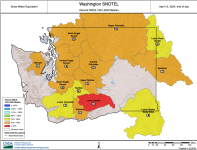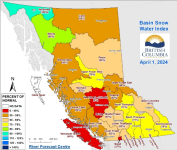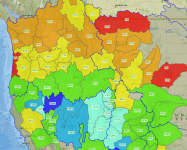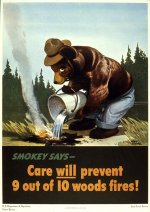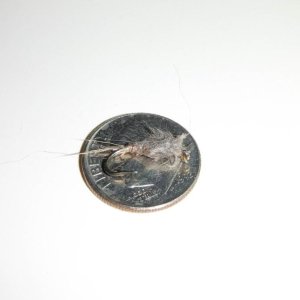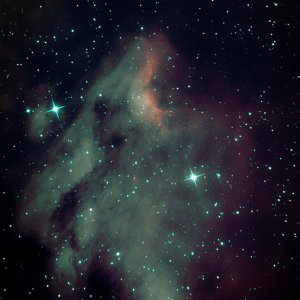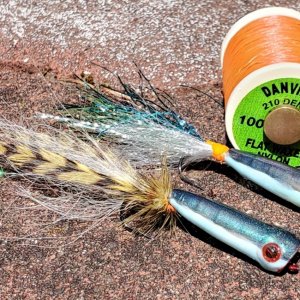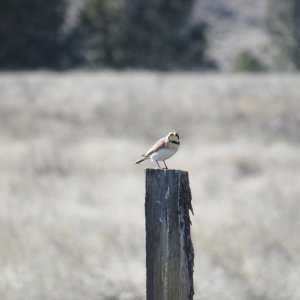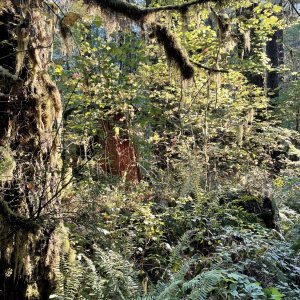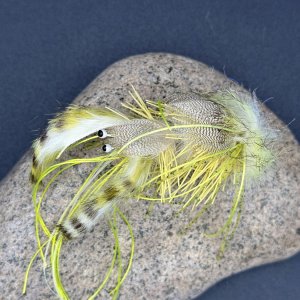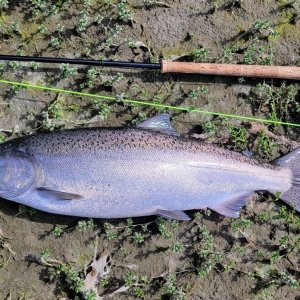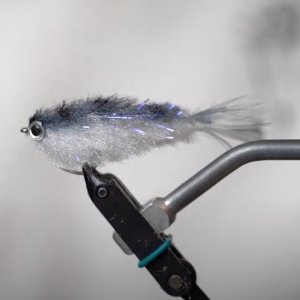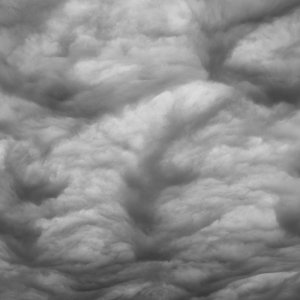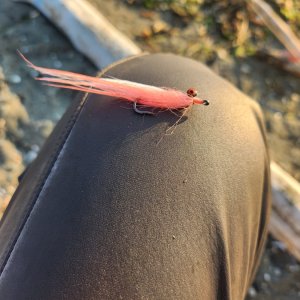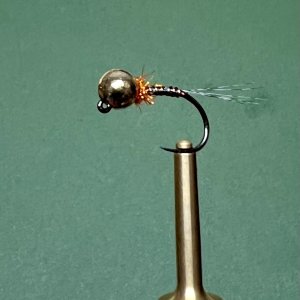You are using an out of date browser. It may not display this or other websites correctly.
You should upgrade or use an alternative browser.
You should upgrade or use an alternative browser.
Dept. of Ecology declares drought emergency for most of Washington state
- Thread starter RCF
- Start date
Statewide, the snowpack currently stands at 68% of average, with some areas in the Olympic Mountains, Lower Yakima and north Puget Sound with significantly lower levels. Stream flows in many basins are already below 75% of normal, according to Ecology. Chelan River stream flows are expected to be 52% of normal, and the Stehekin, Methow and Okanagan rivers are forecasted to have 59% of normal stream flows.
Ugh.
I mean, I think most of us saw this coming after the winter we had. But still, a huge bummer.
The worst part is, next comes the fires.
I’m hope we shift to La Niña and end up with one of those cool summers. Morning marine layers, some rain and temps rarely in the 80°.
SF
SF
Warmer than usual Spring and Summer...
La Niña for Fall and Winter
La Niña for Fall and Winter
RCF
Life of the Party
Ugh.
I mean, I think most of us saw this coming after the winter we had. But still, a huge bummer.
The worst part is, next comes the fires.
Thank you for posting the important section from the article. I learned something and will try to do that in the future.
Yeah, well, if you want a more complete look, here’s the April 1 snow index for BC, one of our most important neighbors to the north:
Its gonna be smoky this summer everywhere in WA. My heart goes out to the fire crews who’ll be putting their lives on the line later this year.
Its gonna be smoky this summer everywhere in WA. My heart goes out to the fire crews who’ll be putting their lives on the line later this year.
RCF
Life of the Party
It will be very interesting to watch what transpires and how it affects our travels both in-state and beyond. The impacts will be determined week to week. Flexibility will be the key to enjoy our favorite part-time ---> fishing.
I have been on Rock Creek when just a couple of miles separated us from the fires and quick evacuation. Unnerving to say the least.
Please stay safe. Live within your comfort zone and medical restrictions.
God bless our first responders and fire fighters! They deserve so much more....
I have been on Rock Creek when just a couple of miles separated us from the fires and quick evacuation. Unnerving to say the least.
Please stay safe. Live within your comfort zone and medical restrictions.
God bless our first responders and fire fighters! They deserve so much more....
Last edited:
Let’s not equate drought and wildfire risk, though. They are related, but there’s so much more that goes into wildfire risk beyond a statewide drought status.
That being said, it does look like some areas got a good flush of early growth which is going to likely dry out. In some cases it already seems to be. It’s abnormally dry for sure. Hopefully temperatures don’t get too warm, too soon.
That being said, it does look like some areas got a good flush of early growth which is going to likely dry out. In some cases it already seems to be. It’s abnormally dry for sure. Hopefully temperatures don’t get too warm, too soon.
True, there is more that goes into it. The biggest one has to be human stupidity with fireworks/cigarettes/campfires/etc. But drought is a big driver on its ownLet’s not equate drought and wildfire risk, though. They are related, but there’s so much more that goes into wildfire risk beyond a statewide drought status.
If there's less soil moisture plants/trees dry up and often die more frequently. That becomes fuel for fire. And with more of that fuel, fires burn and move much faster. If water sources are lower from fire, that makes finding water to fight a fire more difficult and time consuming. Drought conditions can cause an increase in lightning, which can start wildfires. Though I'm not sure if that applies in our area or not. But it's a thing elsewhere, or so I've read.
BUT ITS NOT CAMPING WITHOUT A CAMPFIRE.campfires
The line that makes me want to pull my hair out everytime.
The biggest driver of scary wildfire conditions on the west side of the Cascades is actually none of the above, but wind.True, there is more that goes into it. The biggest one has to be human stupidity with fireworks/cigarettes/campfires/etc. But drought is a big driver on its own
If there's less soil moisture plants/trees dry up and often die more frequently. That becomes fuel for fire. And with more of that fuel, fires burn and move much faster. If water sources are lower from fire, that makes finding water to fight a fire more difficult and time consuming. Drought conditions can cause an increase in lightning, which can start wildfires. Though I'm not sure if that applies in our area or not. But it's a thing elsewhere, or so I've read.
The most frequent source of ignition is people.

